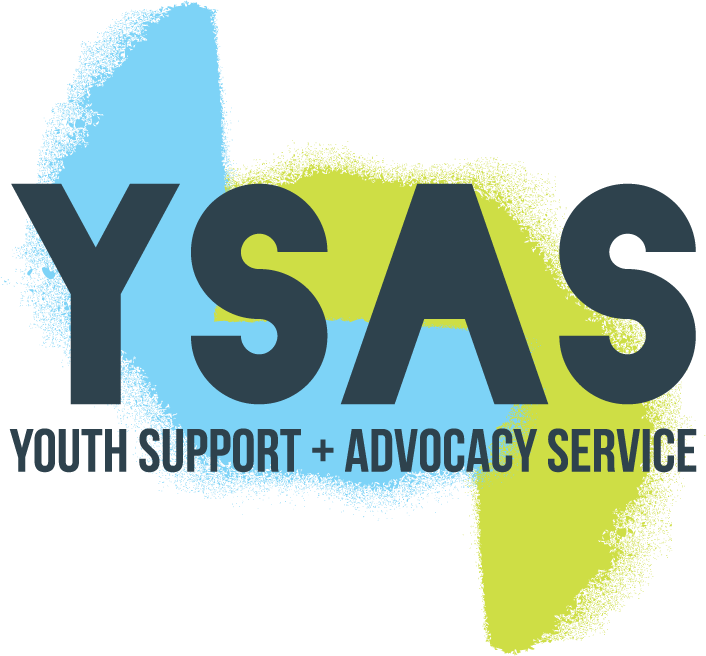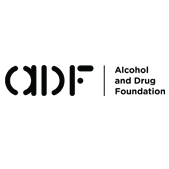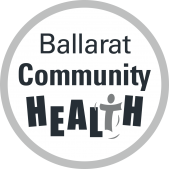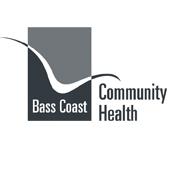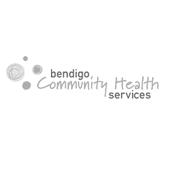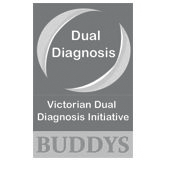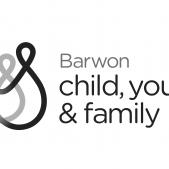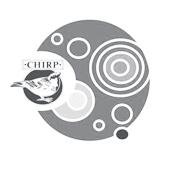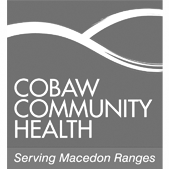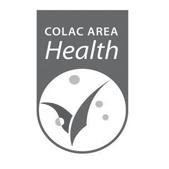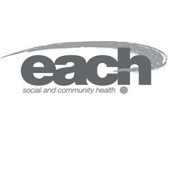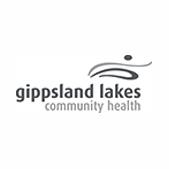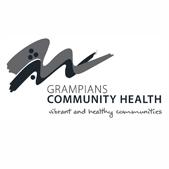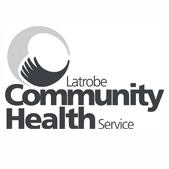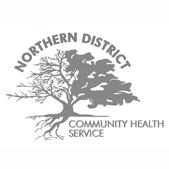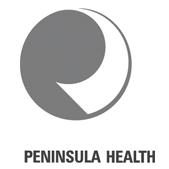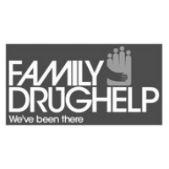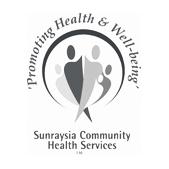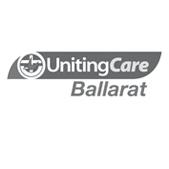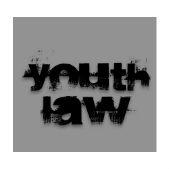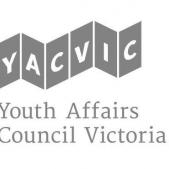Drug Facts
Opiate painkillers-Fast facts for workers
The use of Opiate painkillers in Australia has been described as "the silent epidemic". This mainly refers to people legally prescribed painkillers but young people accessing support also often favour opiate medications.
WHAT
Opiate painkillers are medicines usually prescribed post-surgery or for chronic pain. Most opioid analgesics used off prescription are diverted from prescription use, rather than being illegally manufactured. Non-prescribed use is illegal.
In Australia as of February 2018 you will not be able to buy over the counter pain killers that contain codeine.
OTHER NAMES
Brand names : - Tylenol III, Demerol, Vicodin, Percocet, morphine, , OxyContin, Oxycodone, MS Contin, , Panadiene, Panadiene Forte, Codeine, Mersyndol
Nicknames: - captain cody, schoolboy, doors and fours, loads, M, monkey, white stuff, demmies, pain killer, apache, China girl, goodfella, jackpot, TNT, Oxies, hillbilly heroin
HOW COMMON?
In 2013, 1.2 per cent of the Australians aged 14 years and over had used analgesics (painkillers including opioids) for non-medical purposes in the previous 12 months (National Drug Strategy Household Survey, 2013).
APPEARANCE
Tablets or capsules in various shapes and colours, sometimes ground into powder or liquid.
USE
Injested, snorted or injected.
EFFECTS
Pain relief, feelings of wellbeing, relaxation and sleepiness. Or constipation, vomiting, sweating, itching, and mood swings.
OVERDOSE
Shallow breathing, blue lips, inability to be roused or woken. An ambulance should be called if any of these symptoms occur.
COMMON MIXERS
Alcohol, or other depressants such as benzos, which can significantly increase the chance of overdose and death.
SOME COMMON HARM REDUCTION STRATEGIES
Encourage a young person to: -
- understand the risks involved in mixing other drugs and alcohol, including prescription medication.
- seek medical assistance if they are wishing to stop use of opiate painkillers. The 2016 Withdrawal Guidelines are great to help a worker advocate for a young person with a GP.
- Understand that there are ways to inject safely if they are injecting.
- Understand route in which they are taking the drug can affect how quickly it affects a person.
Didn’t find what you’re looking for? Try the YouthAOD toolbox for further in-depth information.




